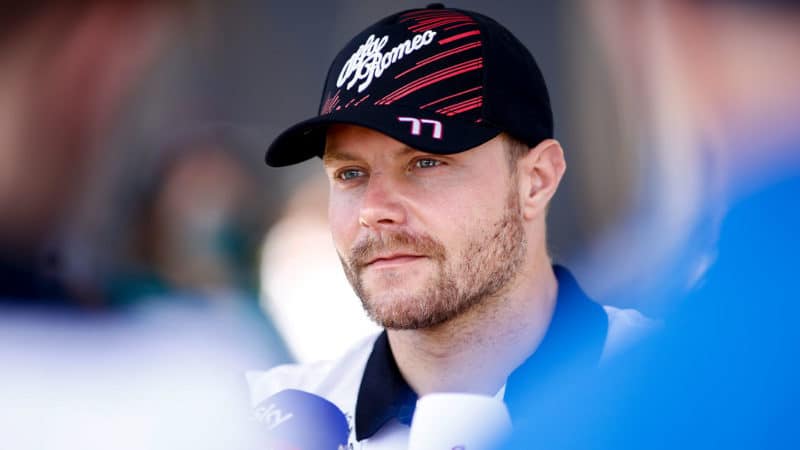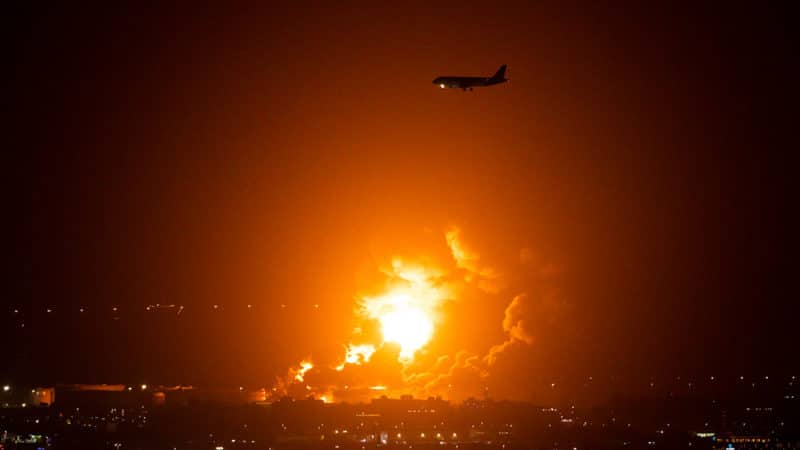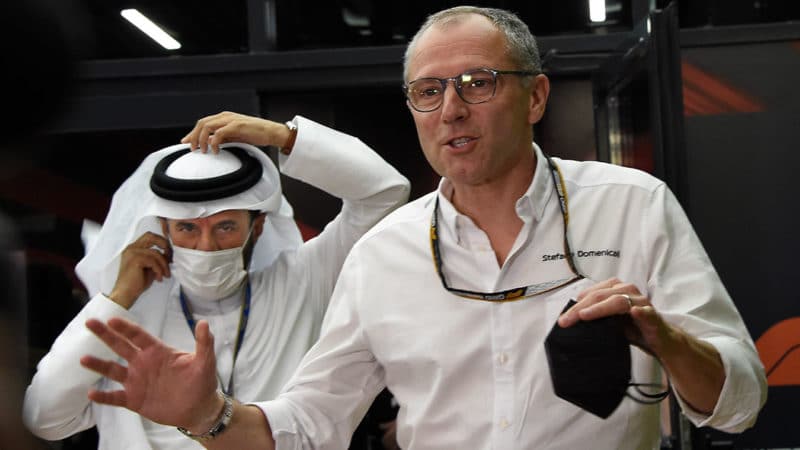That’s not to say F1 can’t have a positive impact in Saudi, but the evidence of this weekend suggests the opposite is happening. The sport’s presence has led to eyes on the region that magnified a Houthi attack, that came amid an escalation of hostilities. Saudi responded with military action on Saturday – it’s hardly a message of peace that F1’s race has led to.
So with the drivers uniting in their stance not to race, why the change of heart?
In reality, most were aware that they were going to be racing. The weekend had already started, everything was in place and the level of security around the venue is greater than that at the Aramco facility (notwithstanding the fact the attacks target infrastructure, not civilian sites or events). But their concerns hadn’t been taken seriously enough in the first meetings, and the trend of having to race in places they don’t feel fully comfortable shows no sign of ending.
So the drivers took on a position of strength, with the meeting almost becoming a sit-in as it extended beyond four hours before they emerged, confirming they would race. But the grid also made clear they wanted discussions about F1 race venues moving forward, not just about Saudi Arabia.
“It’s definitely a challenging weekend, the track first of all and, obviously, (Friday) night went quite late and in most places you don’t need to have that discussion,” Valtteri Bottas said. “It’s a unique grand prix and, at least, Formula 1 promised us to reconsider all the events for the future, including this one, to make sure that we go to the right places, where they can guarantee 100 per cent our safety when we go there.”

Bottas: we made the decision altogether
DPPI
Against that backdrop, continuing racing was viewed as acceptable. A wider, bigger point had been made and the GPDA felt they will be in a position to discuss it further at a better time. Plus the topic of getting home was raised, but in the context of the logistics to pack-down the garages and get the team members out when already halfway through the weekend.
“We kind of made the decision all together, that was kind of made there, I’m fine with it,” Bottas added. “We drivers, we were all concerned if it’s safe for all of us to be here racing, we got decent explanation on things, and also we went through all the options like, ‘What if we don’t race?’ for example.



